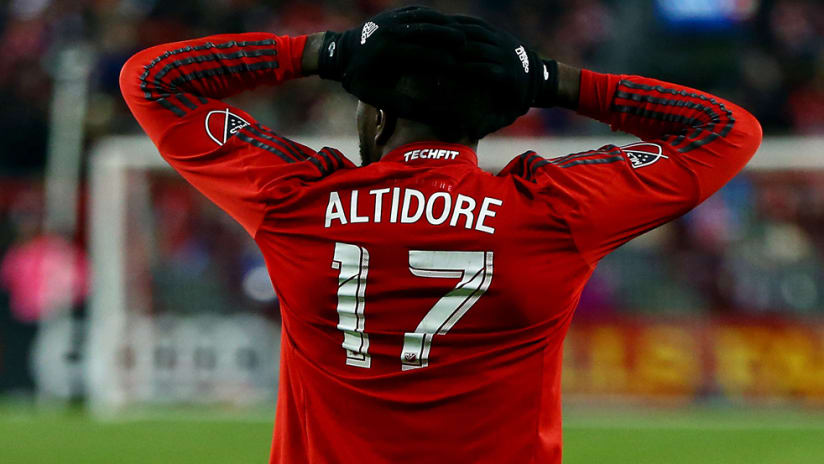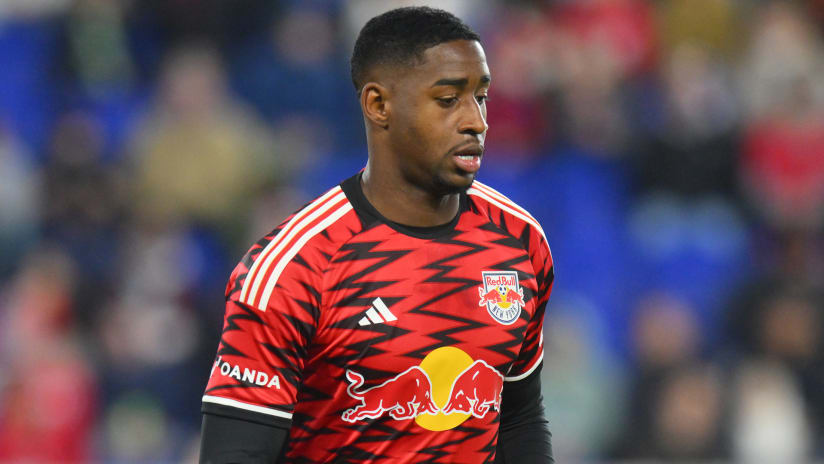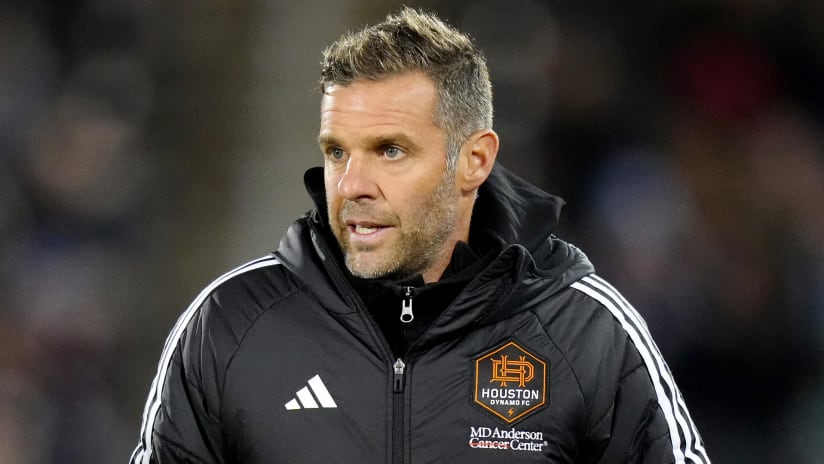Saturday night's MLS Cup final (8 pm ET; FOX and UniMás in US | TSN and RDS in Canada) will feature two of the most threatening strikers in MLS this season.
Toronto FC's Jozy Altidore leads all MLS players with 10 goals since September, and is a record-setting Audi MLS Cup Playoff goalscorer, while Jordan Morrisis the only Seattle Sounders player to have more than 10 goals this season. Both have been lethal in the playoffs, but with differing styles. So what does that mean for MLS Cup?
For starters, the two tend to occupy different parts of the field, with Altidore more at home as a central striker while Morris plays more on the flanks, particularly the left. And not only do they tend to play in different areas of the field, their respective skill sets are also dissimilar.
Altidore has been one of the best finishers in the league since joining Toronto. He is tied for eighth in the league in scoring since the start of last season (including playoffs). He has the best conversion rate among the 13 MLS players to score at least 20 goals since the start of last season, despite playing the fourth-fewest minutes of any player with 20-plus goals. Those stats alone are impressive enough, but the US international also gives much more.
Altidore plays as a focal point of the TFC attack during their build-up, and provides a platform for Sebastian Giovinco and others to play off of. His size, strength and touch have been vital to the way Toronto want to play. Altidore is one of two forwards to have completed more than 90 passes in these playoffs, and his ability to drop deep in midfield and switch the point of attack proved crucial in the Conference Championship against the Montreal Impact.
While it might appear simple, Altidore's ability to shield off the defensive midfield pressure and quickly and accurately swing the ball wide led to a corner that Nick Hagglund scored from. Furthermore, Altidore played a similar pass in the build-up to the Benoit Cheyrou goal in extra time, further indicating that Altidore finding the wing backs is a choreographed part of the TFC attack.
On top of being effective in possession, Altidore has brought his impressive presence to the game. He has been involved in 81 duels, the most of any MLS player in the 2016 playoffs, and entire defensive lines are forced to pay extremely close attention to his whereabouts. His gravitational pull below opens up big space for left back Justin Morrow:
It will be interesting to see Altidore’s aggressive play against the extremely accomplished duo of Chad Marshall and Roman Torres. Although he might not be able to run through the Sounders center backs, it is difficult to imagine they will be comfortable following him further up the field while trying to track Giovinco at the same time.
If Altidore is known more for his physicality, Morris makes his bones with his speed. We can go back as far as the July 2 meeting between Toronto and Seattle to learn more about what makes Morris so effective.
At the time, the midseason clash between TFC and the Sounders seemed far from a preview of the MLS Cup final. In some senses it wasn’t, as the Sounders were missing Nicolas Lodeiro and Torres (and were still coached by Sigi Schmid) while Toronto took the field without seven starters from their second leg game against Montreal.
However, Morris did play in that game, and Toronto did play a back three. Morris started the game in the central striker role and though he managed to find the back of the net while playing as a No. 9, Seattle’s offense struggled overall and Morris had a hard time finding space as he was always surrounded by three TFC central defenders and starved of support.
The Sounders brought on Nelson Valdez in the 70th minute and Morris came alive. No longer having to play alone up front, Morris created three chances in the last 10 minutes of the game. Three key passes in an entire match ties Morris’ second-highest total for the season, a number he also reached when playing down the left in a 4-2-3-1 against a three-man FC Dallas backline earlier in the playoffs. One of the chances Morris created against TFC could be a preview of something the Reds would rather avoid this weekend, as Morris isolates himself against Steven Beitashour and fires in a low cross with his left foot that nearly leads to a goal.
This attacking sequence is similar to Morris’ assist in the first leg against Dallas. The problem for a defender in a 1-v-1 with an accelerating Morris is that his right foot must be denied. Given his electric speed, it makes positional sense to cheat and give him the option of going left. While there was plenty of criticism of his left foot over the course his rookie season, Morris has clearly improved, and it will be very tough for either Eriq Zavaleta or Drew Moor if they find themselves in a similar situation.
Morris is not a target man like Altidore, but he is very dangerous running onto passes. In the clip below, he exploits space commonly available against a back three, but without the ball. Lodeiro turns and sees Morris behind Atiba Harris and plays a pass that Dallas goalkeeper Chris Seitz is able to scramble and clear, temporarily.
Less than 30 seconds later, the Sounders take the lead through a Valdez header. The speed and the timing of his direct runs will ask questions of any defensive unit, but look particularly unsettling for a back three that must also be aware of Lodeiro’s creativity.
Matt Pavlich is a youth soccer coach in the New York City area who holds a NSCAA Advanced National badge. He is currently working with Asphalt Green Soccer Club on the girls side, and Martin Luther King high school on the boys side. He has worked for Opta since 2011, primarily focusing on MLS. He also played varsity soccer for Vassar College.














